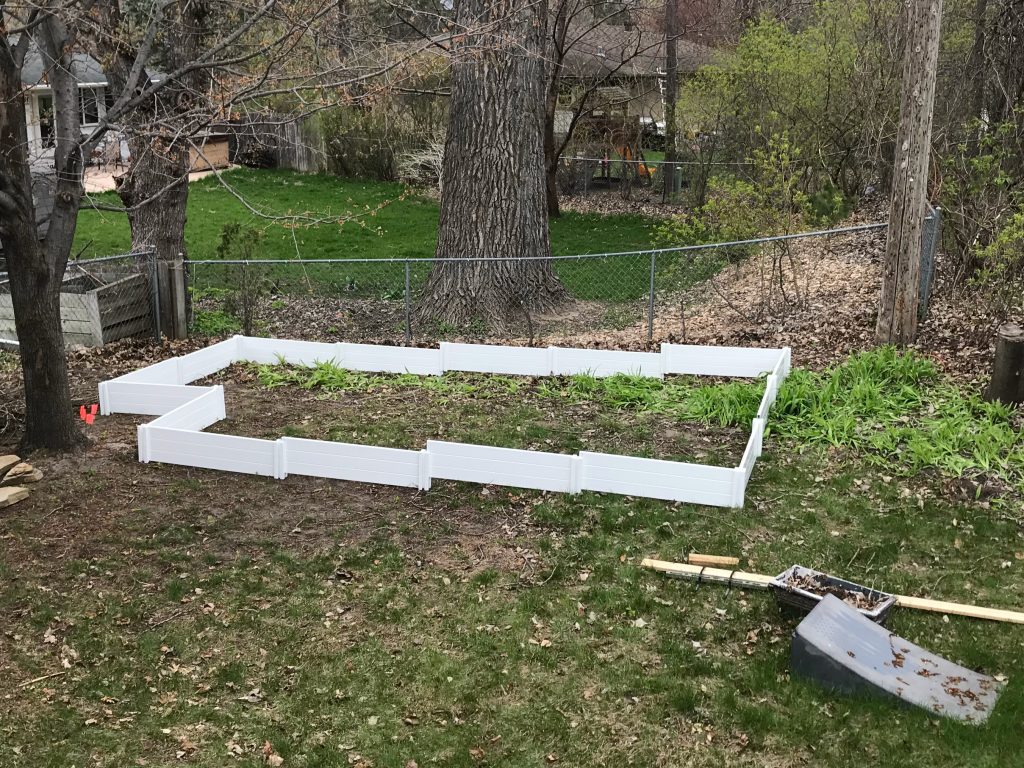 The issue I needed to solve is that the selected area for my garden railway and crawler course is sloped.
The issue I needed to solve is that the selected area for my garden railway and crawler course is sloped.

 The issue I needed to solve is that the selected area for my garden railway and crawler course is sloped.
The issue I needed to solve is that the selected area for my garden railway and crawler course is sloped.

I knew having two electric-powered vehicles in the garage would initially present some charging problems. We have a garage fridge and an air compressor that already like to trip the circuit breaker when both are running full-tilt. Charging two vehicles from that same 120V circuit was going to be tricky.
Until we could add a dedicated 240V circuit, the first thing I did was set charging schedules for both vehicles. I set the Bolt to charge from Midnight to 4PM. Because I work from home, I tend to drive my car (usually to rehearsal) after work.
Continue reading

 This site isn’t transforming into a model railroad blog (at least not permanently), but the next few posts will be about the train setup as groundwork before the crawler course is installed. Hopefully you can enjoy it all under the guise of RC and Trail & Scale
This site isn’t transforming into a model railroad blog (at least not permanently), but the next few posts will be about the train setup as groundwork before the crawler course is installed. Hopefully you can enjoy it all under the guise of RC and Trail & Scale 

There’s a terrible article from the Detroit Free Press making its rounds – claiming to be a “study” comparing EV charging costs to gas costs. It has been picked up by USA Today and other news outlets. There have also been several rebuttals, most notably one from Car and Driver.
I took a road trip earlier this year in my new Chevy Bolt. While it’s not a study, I hope you’ll find my personal story and anecdotal evidence compelling.
TL;DR? I drove from Minneapolis to Chicago and back, and it cost me $45.90 in energy for the whole trip.
Here are all of the details…
Continue readingI was really getting to love my Fitbit Charge 4. It ticked all the boxes I needed:
All seemed great, until it wasn’t. I did a ride with a friend in April and it inexplicably dropped GPS signal after 5 miles.
| Elapsed Time | Moving Time | Distance | Average Speed | Max Speed | Elevation Gain | Calories Burned |
|---|---|---|---|---|---|---|
|
02:53:01
hours
|
00:29:05
hours
|
4.90
mi.
|
10.10
mph
|
21.03
mph
|
73.16
ft.
|
1,304
kcal
|